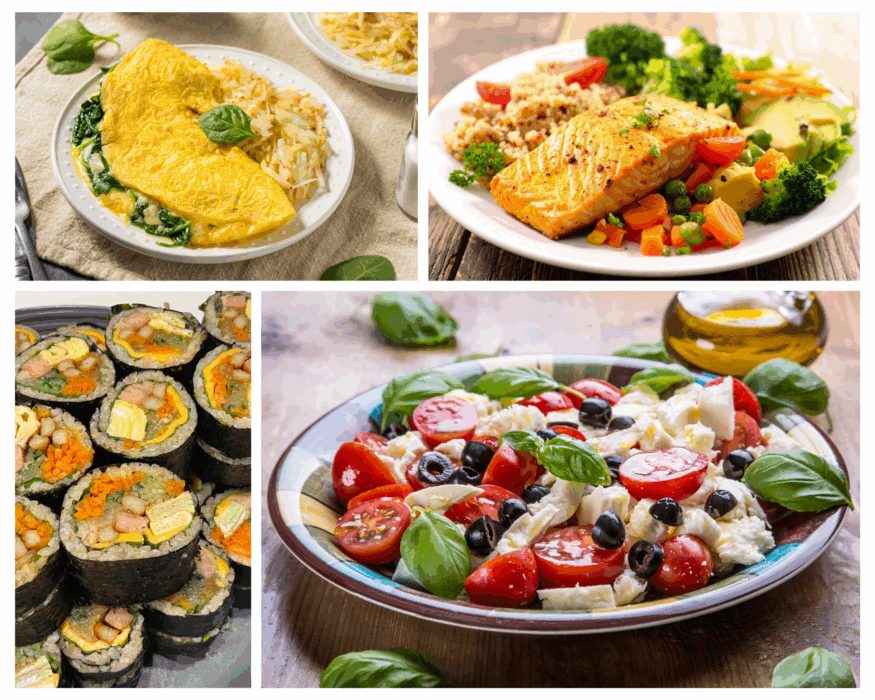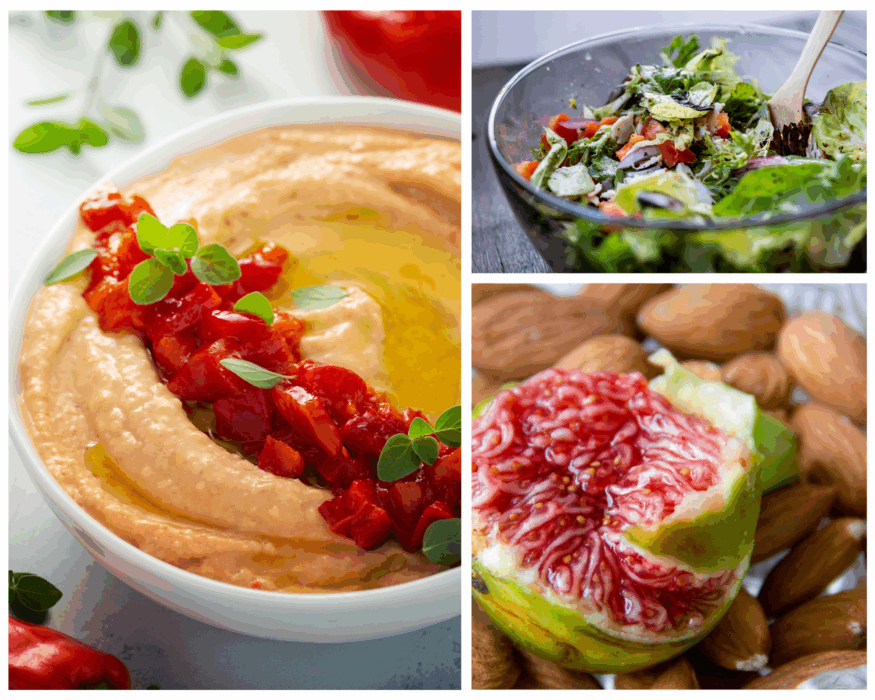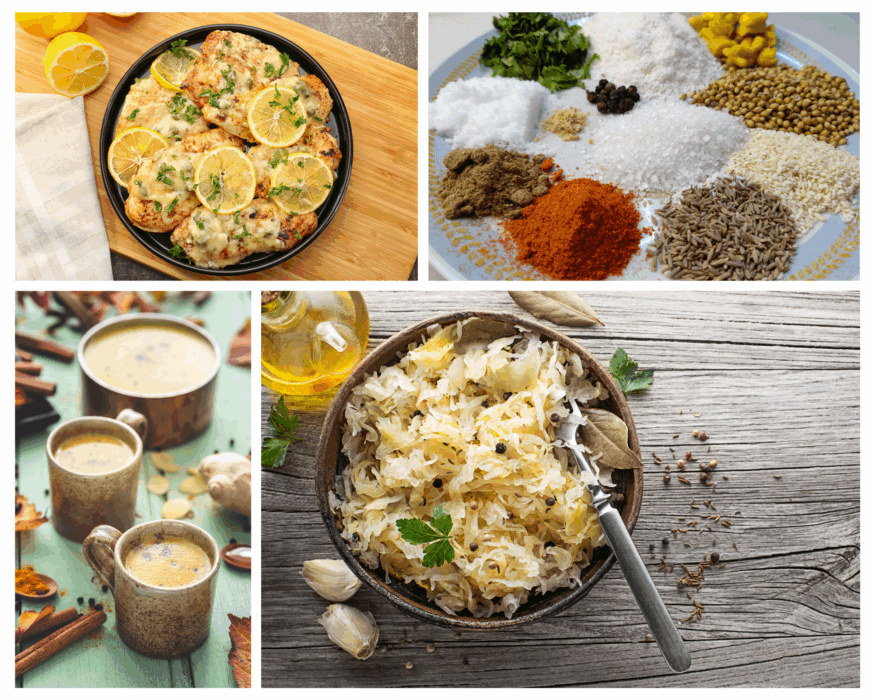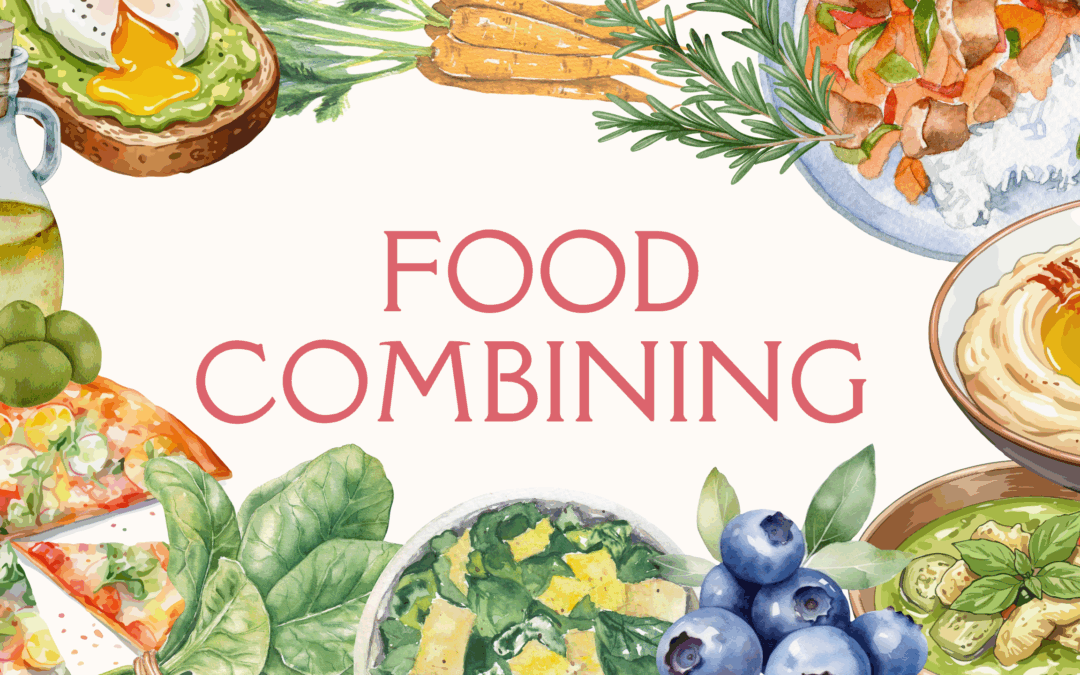Many of us try our best to eat nourishing meals, yet nutrient deficiencies are surprisingly common in this day and age. Studies show that the average adult in the U.S. isn’t getting enough iron, magnesium, or vitamin D, even if they’re eating a ‘healthy’ diet. Part of the challenge is that our food supply has changed. Modern soil is often depleted of the rich, mineral stores of the days past. Our farmland is losing topsoil at an alarming rate, and with each layer that washes away or becomes degraded, we lose precious minerals too. Just as concerning, the soil microbes—tiny allies that help unlock nutrients in the earth and, by extension, in our food and our own guts—are dwindling as well.
Stress, processed foods, and environmental toxins can all play a role too. In the modern-day reality that many people today experience imbalances in digestion and gut health, and it’s easy to see why we may not be absorbing all the nourishment from the foods we eat.
The good news is that there are simple, time-tested ways to get more out of the foods you’re already eating. Before reaching for supplements, you can “stretch the dollar” by combining foods in ways that naturally enhance nutrient availability and absorption. In my own journey with gut and nutrient absorption challenges, I learned that pairing foods thoughtfully isn’t just a trick—it’s a way to honor the food we grow, cook, and share. Let’s take a look at some of the things we can do to improve our intake of vital nutrients!
“To forget how to dig the earth and to tend the soil is to forget ourselves.” — Mahatma Gandhi
Food as Daily Nourishment
Yes, food can be seen as medicine—in the sense that wholesome food nourishes, restores, and supports us. But if we think of medicine only as something we turn to when we’re unwell, then food is far more than that. Food is daily care, a steady source of vitality for body, mind, and spirit with every bite. And when we make thoughtful choices about how we prepare and pair our meals, we amplify the natural gifts already woven into them.
“Let food be thy medicine and medicine be thy food.” — Hippocrates
Why Food Combining Works
Nutrients don’t exist in isolation—they often work best in synergy. Certain vitamins and minerals are absorbed more efficiently when paired together, while others can be inhibited if eaten at the wrong time. And the really cool thing is, food is made this way in nature and our ancestor’s recipes were packed with the wisdom of food combining for ultimate nutrition! For instance:
- Fat-soluble vitamins need fat – Vitamins A, D, E, and K are absorbed best alongside healthy fats. For example, drizzle olive oil over roasted carrots or greens to help your body use their beta-carotene more fully.
- Iron loves vitamin C – Plant-based (non-heme) iron is absorbed much better when paired with vitamin C. Think black beans with a squeeze of lime, or lentils cooked with tomatoes.
- Calcium and magnesium work as partners – Dark leafy greens, seeds, and legumes contain both, but adding nuts or seeds to your greens boosts the synergy.
- Avoiding competition – Some minerals compete for absorption, such as zinc and copper, or calcium and iron. Spacing these out through the day can help.
“The food you eat can either be the safest and most powerful form of nourishment, or the slowest form of imbalance.” — paraphrased from Ann Wigmore
Punchy Food Combos

Fat Soluble Vitamins Need Fat
- Sweet potatoes roasted with olive oil – Beta-carotene (a vitamin A precursor) made more available with healthy fats.
- Kale salad with avocado – Vitamins K and E in greens supported by avocado’s natural fats.
- Eggs cooked with spinach in butter – Vitamins A, D, and K paired with fat for better uptake.
- Carrot soup with coconut milk – Vitamin A precursors from carrots enhanced by creamy coconut fat.
- Tomatoes with mozzarella and olive oil – Lycopene (related to vitamin A) more absorbable with olive oil.
- Salmon with wilted chard drizzled in olive oil – Vitamin D in salmon plus vitamins A/K in greens boosted with fat.
Iron + vitamin C
- Lentils with Tomatoes & Fresh Herbs – Plant-based iron from lentils paired with vitamin C in tomatoes and parsley.
- Chickpeas with Red Bell Pepper – A simple hummus topped with diced red peppers gives a big boost in absorption.
- Kale with Oranges – A winter salad where citrus enhances iron from dark leafy greens.
- Pumpkin Seeds with Kiwi – A fun snack pairing that balances mineral-rich seeds with the vitamin C zing of kiwi.
- Quinoa with Broccoli & Lemon – A nourishing bowl with iron from quinoa and vitamin C from lemon juice and broccoli.
Calcium and Magnesium Synergy
- Dark leafy greens with sesame seeds – Kale or bok choy topped with sesame seeds (think tahini dressing).
- Almonds with figs – Magnesium-rich nuts with calcium-rich dried fruit for a balanced snack.
- Black beans with pumpkin seeds – A mineral-rich pairing that covers both nutrients.
- Oats with chia seeds – A breakfast bowl offering steady calcium and magnesium support.
- Quinoa with steamed broccoli – Quinoa’s magnesium alongside broccoli’s calcium.
- Yogurt with sunflower seeds – A creamy base with a mineral-boosting crunch.

Other Food-Combining Categories You Might Include
- Protein + Vitamin C
- Helps with collagen formation (think chicken with lemon, or fish with a citrus glaze).
- Turmeric + Black Pepper
- Piperine in black pepper increases absorption of curcumin in turmeric.
- Carotenoids + Healthy Fats
- Beyond carrots, this applies to tomatoes (lycopene), red peppers, and leafy greens with fats like olive oil or avocado.
- Herbs & Spices + Meals
- Many spices (like rosemary, oregano, and cinnamon) have compounds that support digestion and help the body use nutrients more efficiently.
- Fermented Foods + Meals
- Sauerkraut, kimchi, or yogurt with meals can support gut microbes, indirectly helping with nutrient uptake.
- Vitamin D + Calcium
- Vitamin D helps the body absorb calcium (e.g., salmon with leafy greens, or eggs with broccoli).

Tips: When Nutrients Compete
Not all nutrients play nicely together—sometimes they compete for absorption. A few things to keep in mind:
- Calcium and iron – High amounts of calcium (like from dairy) can interfere with iron absorption. It may help to enjoy them at different meals.
- Zinc and copper – Large amounts of zinc can lower copper uptake (usually more of an issue with supplements than food).
- Iron and tannins – Compounds in coffee and tea can reduce iron absorption, so it’s best to enjoy them between meals rather than with an iron-rich dish.
- Fiber and minerals – Very high-fiber meals can sometimes bind minerals like zinc and magnesium. A varied diet usually balances this out.
Nourishment doesn’t have to be complicated or expensive. By paying attention to how foods interact, we can invite more vitality into each meal. Pairing wisely, tending to soil and gut health, and maybe even planting a few heirloom seeds are all ways to reclaim deeper nourishment from the food on our plates.
“Eating is an agricultural act.” — Wendell Berry
Resources and Further Reading
Food Synergy: An Operational Concept for Understanding Nutrient Interactions
This study explores how certain food combinations can enhance nutrient absorption, providing a scientific basis for food synergy. PMC
Iron Absorption: Factors, Limitations, and Improvement Methods
This paper discusses various factors affecting iron absorption and methods to enhance it, including dietary considerations. American Chemical Society Publications
Food Synergy
Salisbury University discusses the concept of food synergy and how combining certain foods can enhance nutrient absorption. Salisbury University
The Secret Power of Food Pairing
Dr. Mark Hyman explores the science behind food pairings and their impact on health. Mark Hyman, MD
What To Know About Fat-Soluble Vitamins
Cleveland Clinic provides an overview of fat-soluble vitamins and their absorption, highlighting the role of dietary fat. Cleveland Clinic
3 Vitamins and Minerals You Should Be Pairing Up for Better Absorption
EatingWell discusses recent findings on how pairing certain vitamins and minerals can enhance their absorption. EatingWell
Ayurvedic Food Combining: The Science of Synergy for Digestive Wellness – A guide to how thoughtful food pairings in Ayurveda can support digestion and nutrient absorption. samsaraveda.com
Soil Nutrient Depletion: Harming Your Health?
Dr. Kelly McCann discusses how industrial agriculture practices, such as monocropping and excessive fertilizer use, have led to significant nutrient depletion in soils, affecting the nutritional quality of our food. Dr. Kelly McCann, MD
Dirt Poor: Have Fruits and Vegetables Become Less Nutritious?
Scientific American highlights studies indicating that fruits and vegetables grown decades ago were much richer in vitamins and minerals than today’s varieties, primarily due to soil depletion. Scientific American






